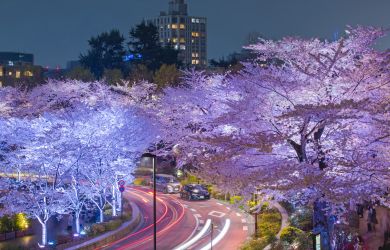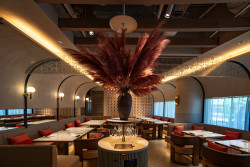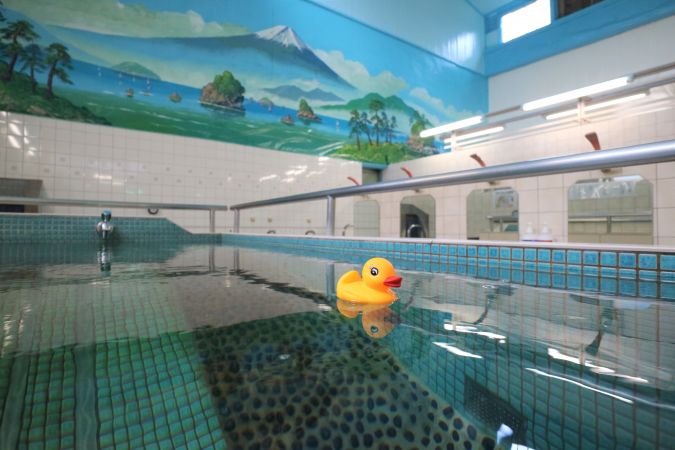
“I am sure there are things that can’t be cured by a good bath, but I can’t think of one,” writes Sylvia Plath in “The Bell Jar.”
The sento holds a special place in Japanese society as a space of ritual and community, but it has been threatened by changes in social habits, increasing energy costs, and lack of time to enjoy the benefits of soaking in a 40-42°C bath. Sento variations can also include carbonated baths or saunas, but all of them involve closing your eyes while the heat relieves your angst, and slowly relaxes you into a state of serene euphoria and cleanliness. Helping to prevent the extinction of sento, a surprising trend has begun to emerge: Young people are using these local neighborhood spots as a space for socializing and cleansing—and also as a solution to rising rents and small apartments.
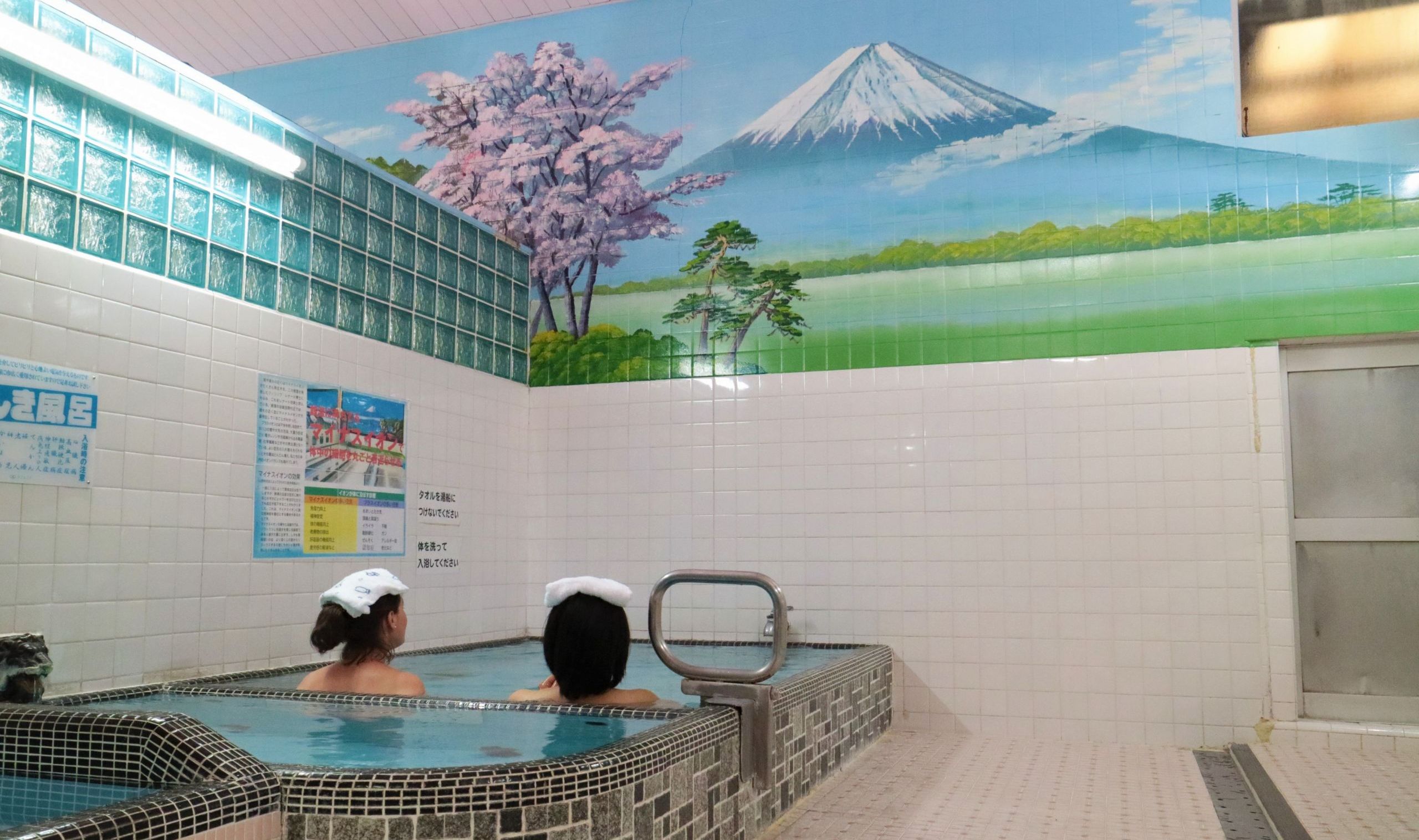
Visiting a sento is not only a space for washing, but for being amongst the community. Generations have enjoyed the experience of sento, but rising energy prices are threatening this cleansing and relaxing practice, which has been declining since people began to build homes with private bathrooms. This has resulted in traditional neighborhood sento emptying their baths, and closing their doors. There were an estimated 2,500 sento in Tokyo in the 1960s, but by 2020, that number had dwindled to less than 500. Many people view sento as places that will eventually vanish completely, and the use of private bathrooms leaves traditional bath houses redundant as viable businesses.
Sento have been important spaces in Japan since the sixth century, when they were first opened in Buddhist temples for people of all social statuses to bathe together. This is an inherently egalitarian practice proving that no matter where you have come from or where you are going, everyone is equal in the naked space of the baths. The first sento in Tokyo was built in 1591, but there was a particular boom after the Second World War. As Tokyo suffered devastation and destruction, many people could not afford to rebuild homes with private bathrooms. Unlike onsen (hot springs), which generally use natural hot spring water and occupy a more luxurious setting, sento are nestled within neighborhoods. They offer a warm community space-cum-bathroom usually at low prices, with cheap post-bath beverages on offer and rest areas freely available, although many do use water sourced from underground. As the sound of flowing water muffles bathers’ voices, the sento is both a space of sociability and disassociation from the stresses of the outside world. The relaxing qualities of a normal bath are heightened within its bubble of calm.
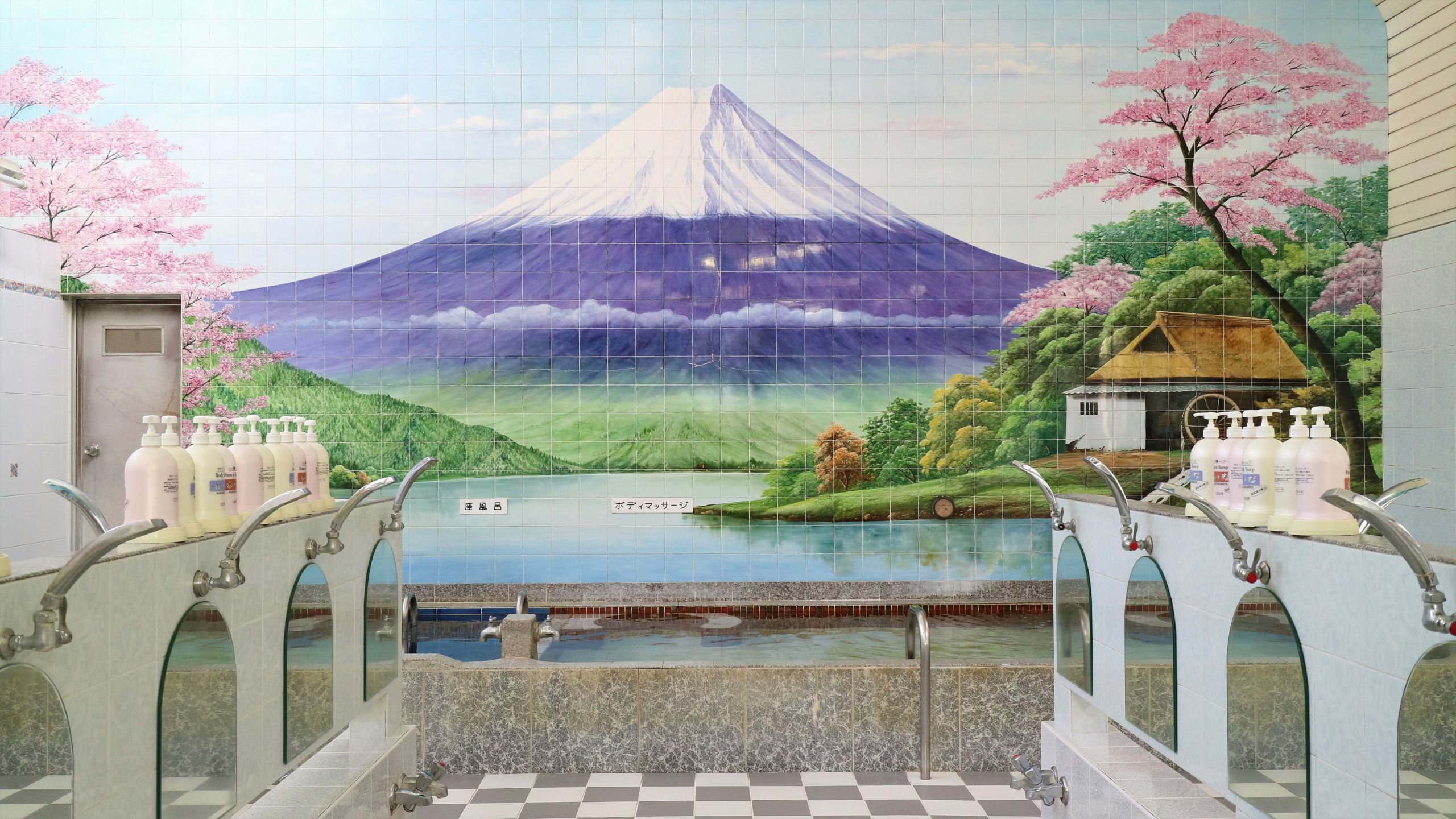
Stephanie Crohin, the official sento ambassador of Japan, spoke to Metropolis about the beauty of sento and the importance of preserving this culture. Not only is this bathing style a health detox, but it is also an opportunity for digital separation—stowing your devices and worries in the locker as you relax. Crohin also admires the many health benefits of sento bathing, such as relaxing your muscles and improving your sleep. In addition, she highlights the impact that sento can have on your body confidence. “It is a place of no judgment, where everyone is naked but bodies are not sexualized—they are natural.” Many people are hesitant to enter a space of public nudity, but that is paradoxically the exact reason why there is no embarrassment here; everyone is stripped to their natural form as they partake in a ritualistic activity where the mundane practice of washing becomes a meditative, social practice. Everyone belongs in a sento, and there is the opportunity to change your perspective of the naked body not as something to be judged and seen, but as an instrument that changes with age and experience.
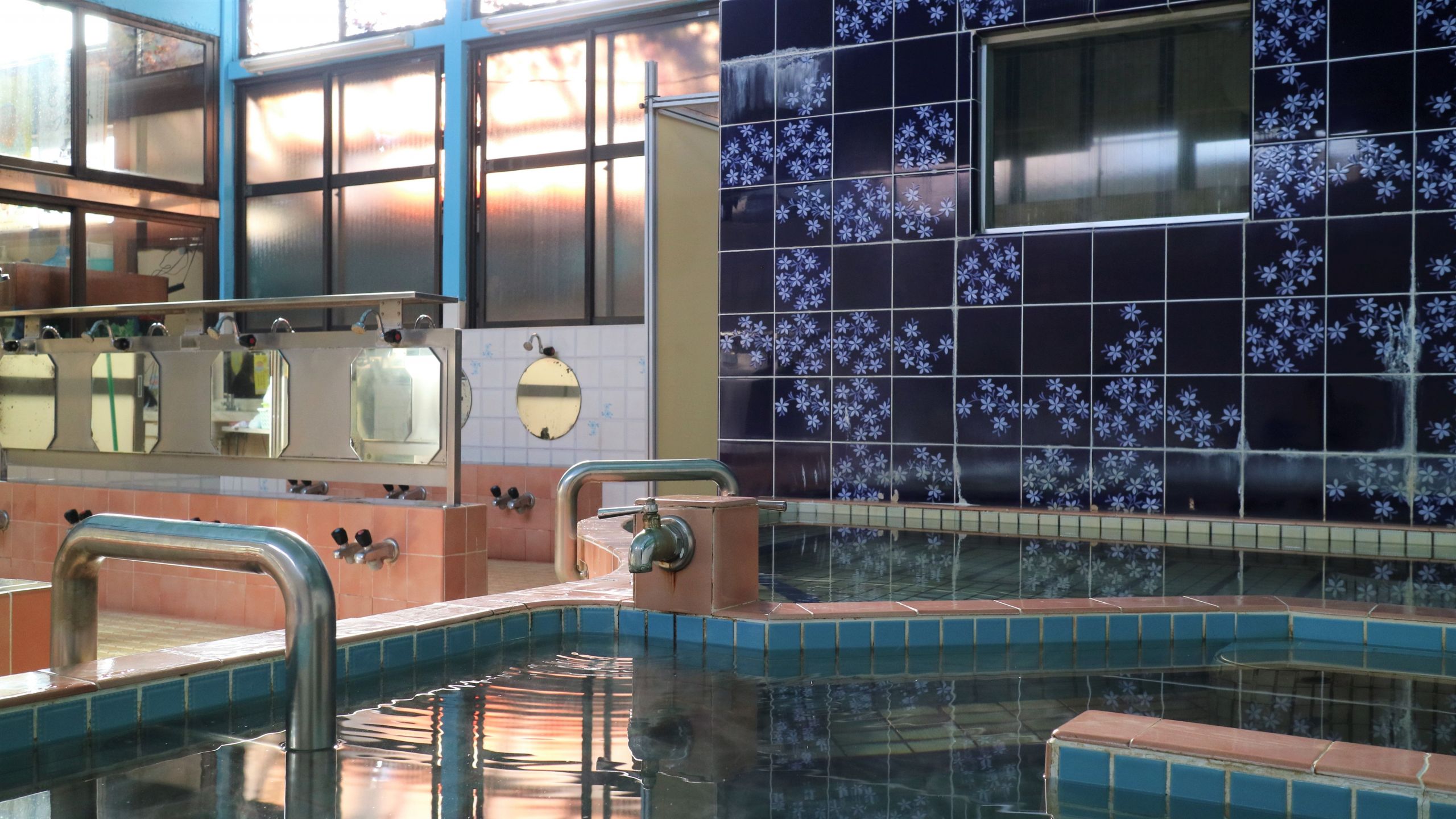
Astonishingly, sento use is slowly returning, not exactly to the same levels of the 60s, but cycling toward a place of revival. There are multiple reasons for this, but a clear factor is the rental of apartments without private baths. Many young people living in Tokyo cannot afford to rent apartments with fitted baths, so their solution is to frequent the sento that are still present throughout the city—if you know where to look. For young people, the convenience of open-till-late sento and coin laundry facilities also conjures a sense of community, and a space to experience conviviality away from the workplace. Adorned with murals of Mount Fuji or local viewpoints illustrated by only three artists in Japan, which are regularly repainted because of the humidity of the bathroom, the brightness of the sento has a positive effect on bathers’ moods. Instead of being alone at home, young people can interact with the premise of washing their bodies in a space full of nostalgic charm.
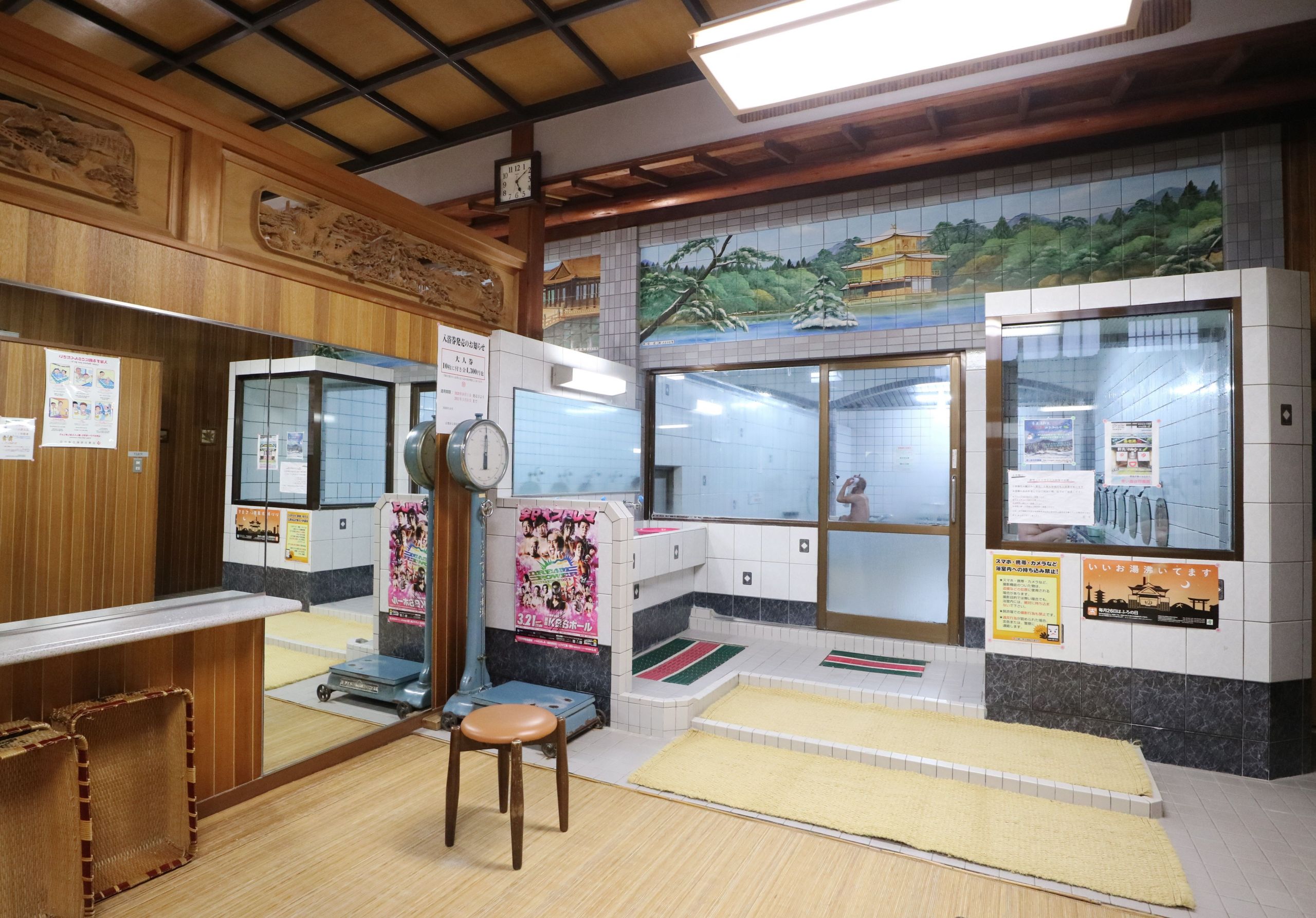
There is also an active pull toward sento as many owners transform the bath space in order to host imaginative concerts and shows. Ume-yu, a popular sento in Kyoto, holds regular events while the baths are emptied for cleaning. In the retro, neon-lit building, Ume-yu offers its branded merchandise, drinks and music performances to entice young people into reviving sento culture. Elsewhere, in Kinshicho, 88-year-old sento Kogane-yu was trendily renovated through a crowdfunding campaign, and now sells craft beers at its sleek bar for those who need replenishing after a long soak in its many exquisite tubs.
Emerging from the sento, warm and palpably tranquil from the yutsukare (post-bath tiredness)—there is no better feeling than this. This is an important part of Japanese culture, slowly regaining meaning in a continually modernizing society. Washing as a community practice is precious and its documentation in recent films such as Her Love Boils Bathwater (2016), Mio on the Shore (2019), and most recently Yudo (2023), proves that there is a healthy appetite for sento bathing, as well as learning more about them through popular culture.
Changing patterns of home ownership and the increasing costs of energy are encouraging people to use their local sento as a cost-efficient, social destination that offers both rejuvenation and cleanliness. The sento is a space encased in history, and preserved through hard-working owners who protect the culture of public bathing for all generations. Together with a revival in sento use because of financial difficulties, young people are reaping the benefits of an inherently community-based institution. And while this is a solution to their budgeted living, sento is once again also becoming a staple of quotidian relaxation, offering a lacuna of cleansing calm amidst hectic everyday life.
More Information
To see more of Stephanie Crohin’s work,
head to her Instagram:
@ _stephaniemelanie_

イメージ(俯瞰)_Deck-Nicknamed-T-DeckOverlooking-view-image-1-390x250.jpg)

